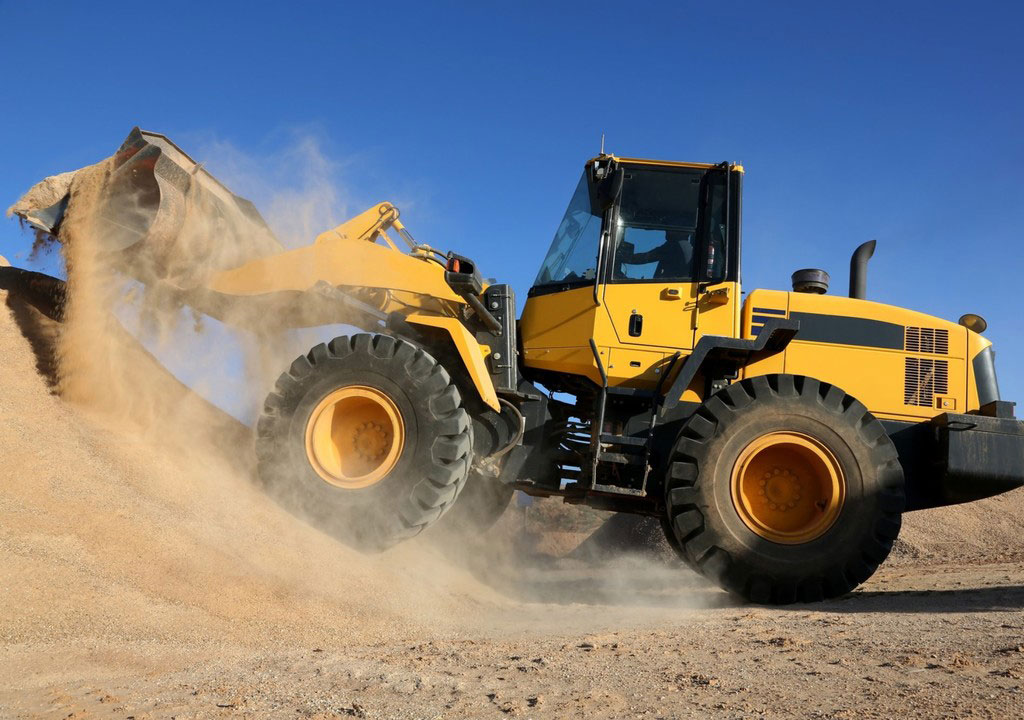A hydraulic system is a drive mechanism in which fluid power is converted into mechanical force to perform some work.
How Hydraulic Systems Work
It consists of many components.
- oil reservoir
- prime mover
- hydraulic pump
- hydraulic valve
- hydraulic actuator
- tank accessories
The main power source of the hydraulic system is the prime mover. Like a motor or an engine.The hydraulic pump is connected to the prime mover by means of a drive coupling, and due to the centrifugal force generated by the prime mover, the hydraulic pump starts to work.
Hydraulic pump
A Hydraulic pump has two ports, one is called Inlet (from which the pump sucks oil from the reservoir) and Outlet (from which pump delivers oil to the hydraulic system).
Due to the internal design of the Hydraulic Pump and centrifugal force created by rotary motion, a partial vacuum is created at the inlet port of the Hydraulic Pump, by which oil enters from the inlet port and is pumped to the outlet port of the Pump and then is supplied to the Hydraulic Actuators (Hydraulic Cylinders or Hydraulic Motors) with the help of Hydraulic Valves, Manifolds, and Tubing.
Hydraulic Valves play a very big role in the working of a Hydraulic System and are responsible for the safety, direction, and speed of Hydraulic Actuators. By controlling the Pressure, Direction, and Flow of Hydraulic Oil in a Hydraulic System.
Pressure Control Valves
Pressure Control Valves are used to control the excess pressure by setting the required pressure in the System.
Flow Control Valves
Flow Control Valves are used to control the speed of Hydraulic Actuators as per the requirements of the System.
Hydraulic Systems are highly customized power units, which are designed according to the application requirement. All these types of pumps and valves enable one to achieve the performance as desired.
All the components in a Hydraulic System can be fixed on the Reservoir itself or separately on the machine.
Apart from these components, there are some more necessary components that are used for conditioning and monitoring of Hydraulic Oil to save the System from breakdown. Such as.
- Tank Breathers
- Level Indicators
- Suction Strainers
- Return Line Filters
- Clogging Indicators
- Pressure Gauges
- Pressure Transducers
Direction Control Valves
Direction Control Valves are used to control the direction of oil in various directions as per the requirement of the System.
Fluid Connections
To connect this from one component to another there is a need to use some components which are as follows.
- Hydraulic Manifolds
- Hydraulic Fittings
- Seamless Tubes
- Hose Pipes
These components allow one to connect one component to another allowing oil to pass through it without any chances or leakages.It is always recommended to always use good quality of fluid connectors to prevent any leakages from the Systems or to prevent any air to enter into it, which can damage the components and Hydraulic System.
Some Examples are
- Hydraulic Presses
- Hydraulic Cranes
- Hydraulic Lifts
Since Hydraulic Systems are highly customizable units, these are being used in many industries like Steel, Plastic, Rubber, Cement, Construction, Earthmovers, Machine Tool, Automotive, Defense Etc.
What is the difference between Hydraulic Systems and Pneumatic Systems?
Hydraulic Systems are based on Hydraulic Oil and Pneumatic Systems are based on Air.
Is there a need to change the Hydraulic Oil after every 6 months?
No, If proper oil conditioning is done on regular basis, there is no need to change Hydraulic Oil for a lifetime.
Hydraulic Systems can be Fast and can lift heavy loads at the same time?
Yes, Hydraulic Systems can be designed according to the application requirements. It can be slower or faster and list heavy loads at the same time.
What are the advantages of a hydraulic system?
Hydraulic systems are simple, safe and economical because they use fewer moving parts compared to mechanical and electrical systems, which makes them easier to maintain.















